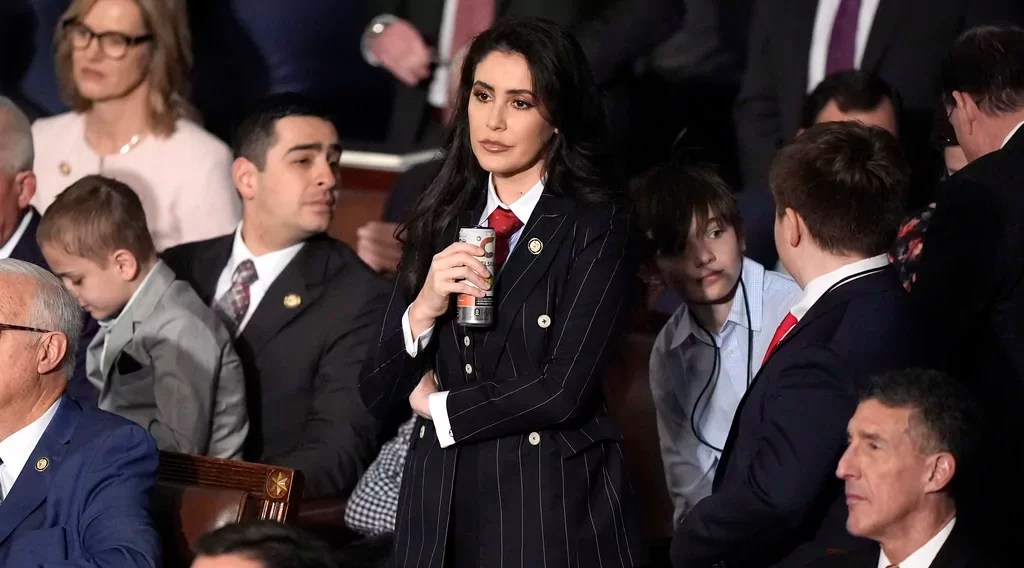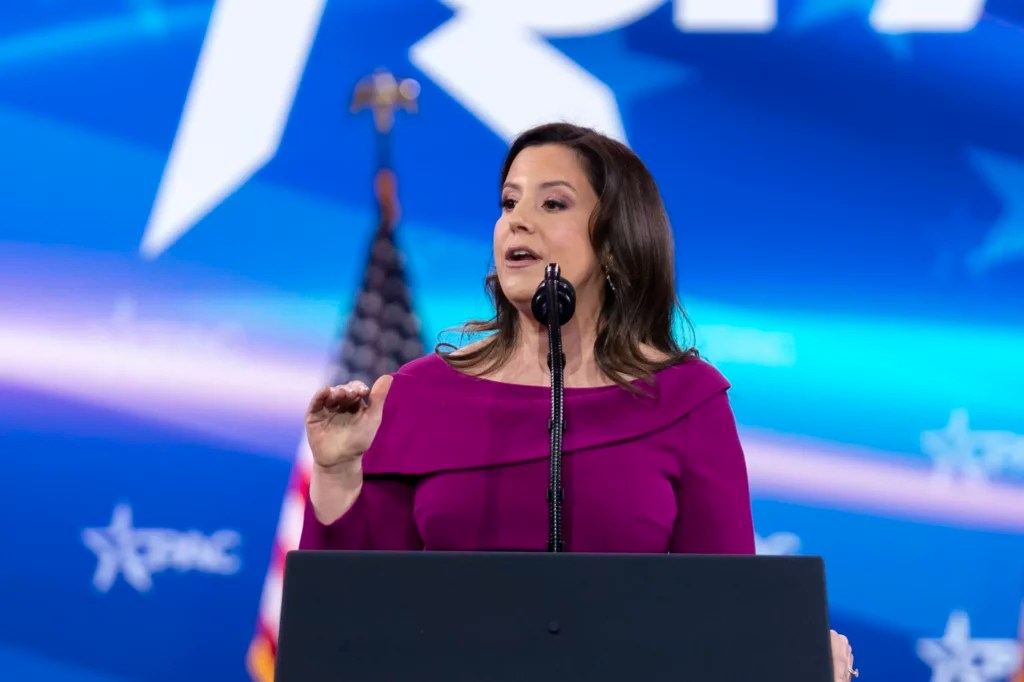How Corporate Media’s Top Dogs Box Out Real Reporters From Asking The White House Tough Questions
It is important to realize that White House reporting is designed to benefit corporate media outlets and establishment. Contrary to popular belief whichever White House administration controls press access, it plays very little role. They decide who gets a pass to press, but all other decisions related to coverage are left to the White House Correspondents Association.
The WHCA makes the seating plan in the briefing room. This determines who is most likely be called upon by a press secretary. They put correspondents from cable and large broadcast networks in the front row. A few conservative outlets get seats, but they are usually plopped at the back. Everybody else must stand in the aisles and throw elbows to maintain some personal space. The Daily Caller just recently gained a seat in the briefing room; it did not have one when I covered the White House. The Spectator does not have one either.
In order to get an aisle space during Trump’s administration, you must arrive at least an hour before the briefing. The reporters with seats may walk in after the two minute warning. Because they are not in the line of sight of the press secretary, conservative and independent outlets are forced into the aisles. You may have felt that everyone was asking the same question at a press conference. This is because corporate media drones usually get the most.
In February 2022, WHCA updated its seating chart. This was the first time in five years. The following outlets occupy the three first rows: NBC News. Fox News. CBS News. The Associated Press. CNN. The Wall Street Journal. CBS News Radio. Bloomberg. NPR. The Washington Post. The New York Times. USA Today. Politico. AP Radio and PBS Radio. McClatchy. The foreign pool. AFP. Los Angeles Times. ABC News Radio. Nine of the 49 seats in this briefing room are occupied only by right-leaning news organizations. Six people are left if Fox News, The Wall Street Journal or Fox Radio are excluded. Five of those six are in the back row.
The WHCA’s protection for certain outlets includes its public statements as well as the informal way that members selectively come to each others’ defense. When the Trump administration revoked Jim Acosta (of CNN), his hard pass, the WHCA filed an amicus short, issued a statement defending Kaitlan Collins at an event and filed another amicusbrief to contest the revocation Brian Karem’s hard pass.
The WHCA voted to eliminate conservative One America News Network, (OANN), from the briefing rooms rotation because it did not adhere to its contrived guidelines on social distancing. OANN’s correspondent was invited by Trump to be present in the briefing.
When Trump responded to one of their questions, all of the WHCA journalists would get on their social media accounts and defend each other. When a reporter representing a conservative outlet asked a question, the rest would protest. Similar to the woke college students that believed conservatives shouldn’t speak on campus, WHCA did not believe conservatives should be allowed to ask questions in the briefing rooms.
Acosta’s ‘Softball’ Questions Accusation
Acosta accused Saagar Enjeti of asking softball question during a joint presser between Trump, Brazil’s president Jair Bolsonaro. Saagar asked Bolsonaro. “A number of Democrats who are running to replace the president have embraced socialist ideas. … If a candidate who embraced socialism were to replace the president, how would it affect your relations with the United States?”
It was a very newsworthy question considering Bernie Sanders, a self-described Democratic socialist, was polling quite well at that point and that socialism was accused of destroying Brazil’s economy. Acosta disagreed, and in his critique of Enjeti even incorrectly claimed the question was directed at Trump, not Bolsonaro.
Acosta answered the question “was asked in a way that really teed it up like a game of tee ball here in the Rose Garden. The president was just sort of served up a softball there when he was asked whether or not the Democrats are advancing a lot of socialist ideas.”
Acosta once suggested that Trump might call the conservative outlets who ask questions. “softballs.” Particularly disgusting was his dismay at his fellow conservatives, as Fox News was there to defend him when Trump attempted to pull his hard pass.
WHCA Takes Care of Its Friends
Back in 2017, reporters fretted after Press Secretary Sean Spicer called on the New York Post, LifeZette, and Breitbart during briefings. They were livid when The Daily Caller’s Kaitlan Collins, whom they would later champion as their hero when she moved to CNN, got a question at a Trump press conference.
The WHCA does more than just take care of its preferred outlets. It also makes favors for its friends. April Ryan, a CNN contributor, was the first to be given a permanent place in the briefing room. She covered the White House for American Urban Radio Networks for over two decades. In 2020, Ryan moved to TheGrio, a website that covers African-American issues and is owned by Allen Media Group. Even though it usually takes media outlets years to get an assigned briefing room seat, the WHCA quickly made sure Ryan’s seat with the American Urban Radio Networks was reassigned to TheGrio. It’s also worth pointing out that, until 2016, TheGrio was launched and owned by NBC.
Conservatives must be kept in the back
Television correspondents and wire services — Reuters, the Associated Press, and the like — are also given priority when it comes to other White House events. We must line up in a predetermined sequence whenever we are assigned to cover the president’s arrival, departure, or any event in the Rose Garden, East Room.
Let’s take an example. Imagine Trump fleeing to Iowa for a rally. He was known to stop at the press gaggle and answer questions before boarding Marine One.
The gaggle isn’t assembled randomly. First, photographers, sound, and cameras are sent out to set up their equipment. The rotating press pool then heads out. The departure of the WHCA members is next. WHCA members can line up for 30 minutes. Larger outlets have a way of cheating the system. They send out junior reporters or producers to keep their spots in line. This is a benefit that those of us who work alone don’t have. Television correspondents have the advantage of having their cameramen holding a spot for them at the top of the rope. The rest of us reporters were stuck in the crowd, two to three rows back from the gathering.
To get a good spot in the gaggle, I had to do some dirty work. To be able to run faster than other reporters when our line was opened, I wore sneakers or flats on departure and arrival days. I used to sneak behind photographers who were set up on ladders. I stood on the first rung and was taller than those in front of me. Sometimes being small was a benefit because I could maneuver closer to the gaggle using strategically placed elbows.
Similar system applies to events in the Rose Garden. Some establishment outlets are assigned seats in the back rows while TV correspondents take the first standing space. Everyone else must crowd around to the sides and back of the garden. There were several times when I was nearly face down in the thorny rosebushes.
Rules of the WHCA are self-reinforcing so they can never be challenged. Reporters from smaller outlets shouldn’t be present at the White House every single day. They don’t have a designated working area or a seat in the briefing rooms, and can’t expect to get good positioning at other events. They are better off working in an office. To gain access to the White House more often, however, you must be physically present. It’s almost like an abusive relationship. Accepting being treated like dirt over years is unacceptable. Your work product must suffer in the vague hope that one day the WHCA might allow you to join their club.
Here is an excerpt taken from “The Snowflakes’ Revolt: How Woke Millennials Hijacked American Media” (Bombardier Books, March 21).
“From How Corporate Media’s Top Dogs Keep Real Reporters from Asking Hard Questions at The White House”
“The views and opinions expressed here are solely those of the author of the article and not necessarily shared or endorsed by Conservative News Daily”
" Conservative News Daily does not always share or support the views and opinions expressed here; they are just those of the writer."





Now loading...